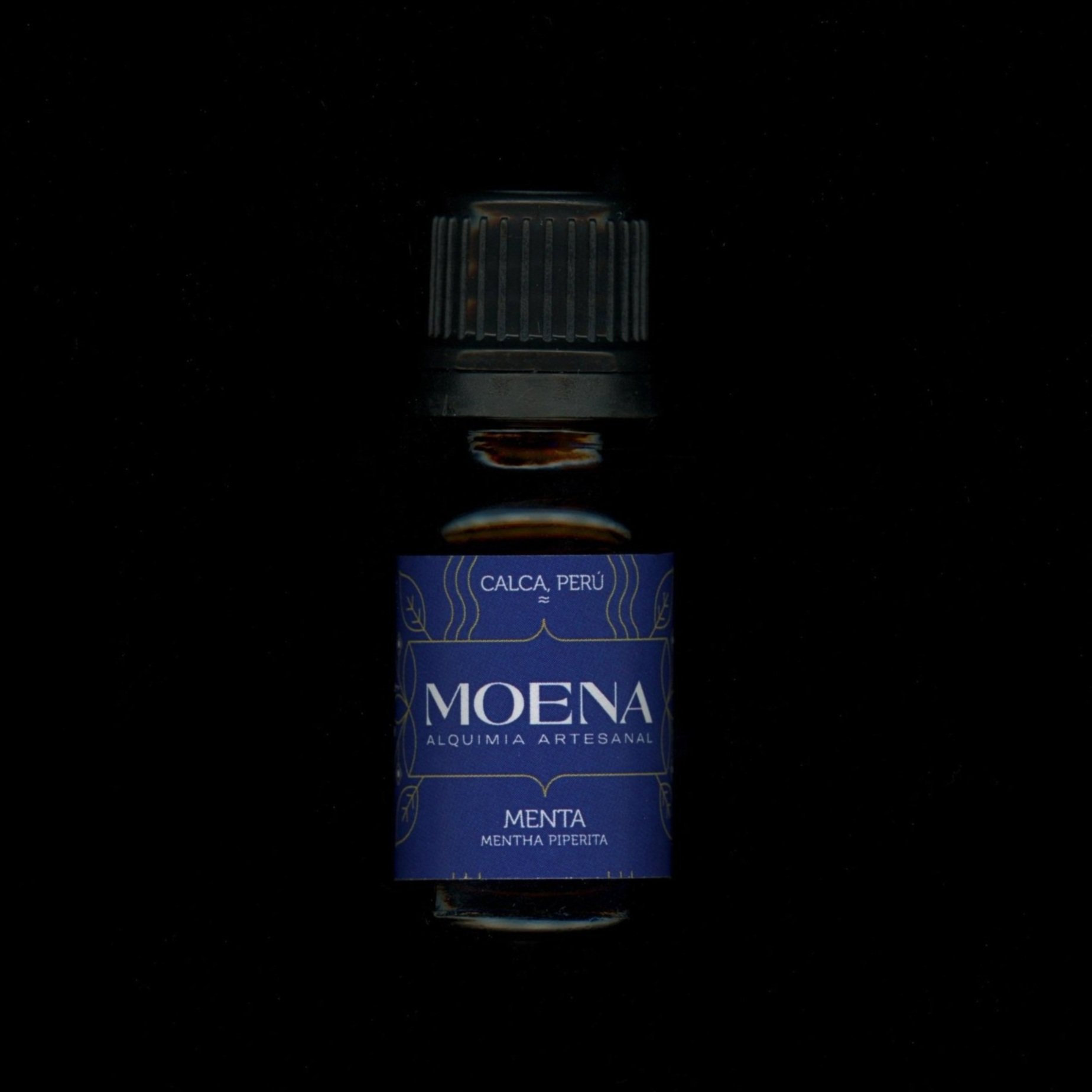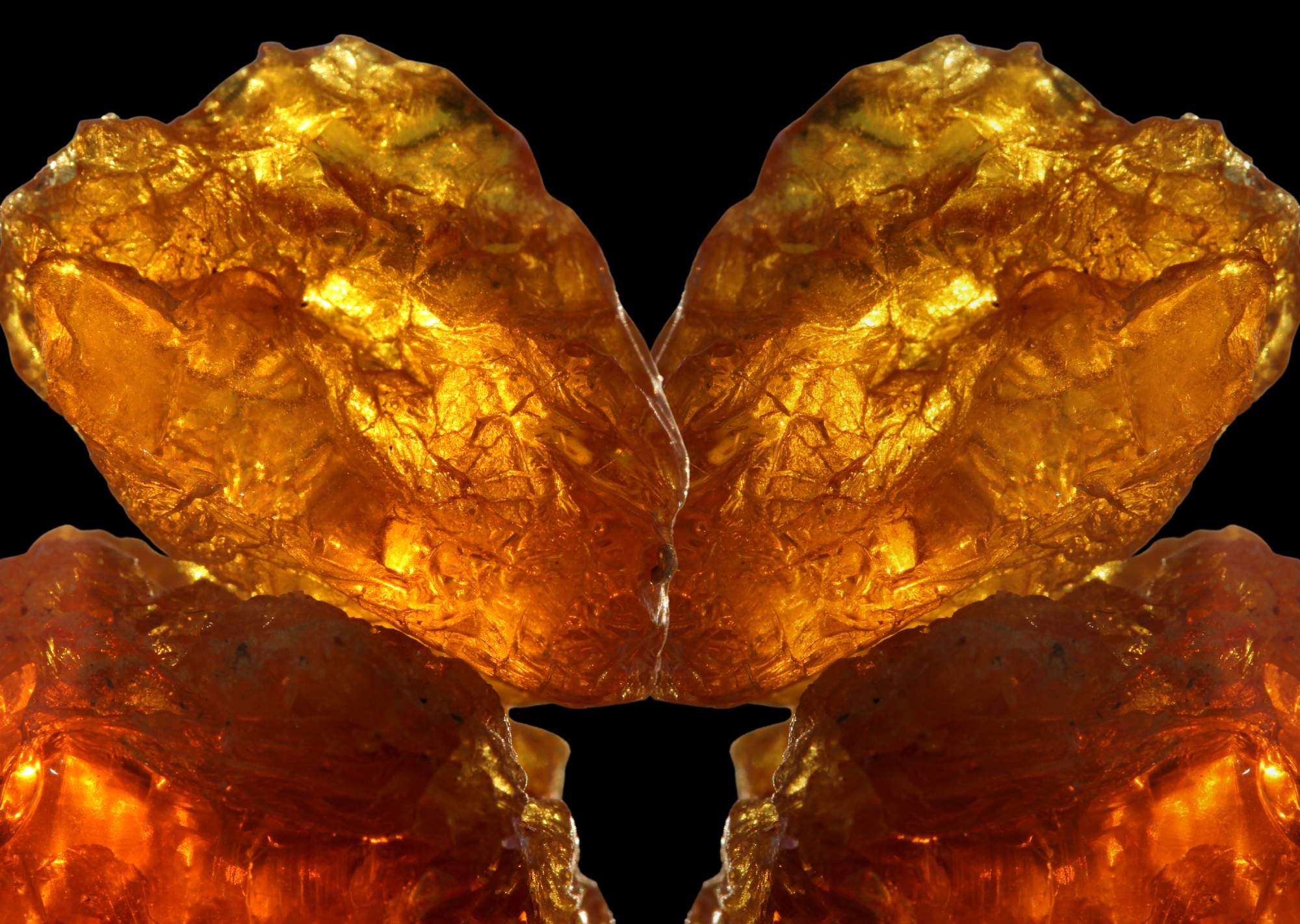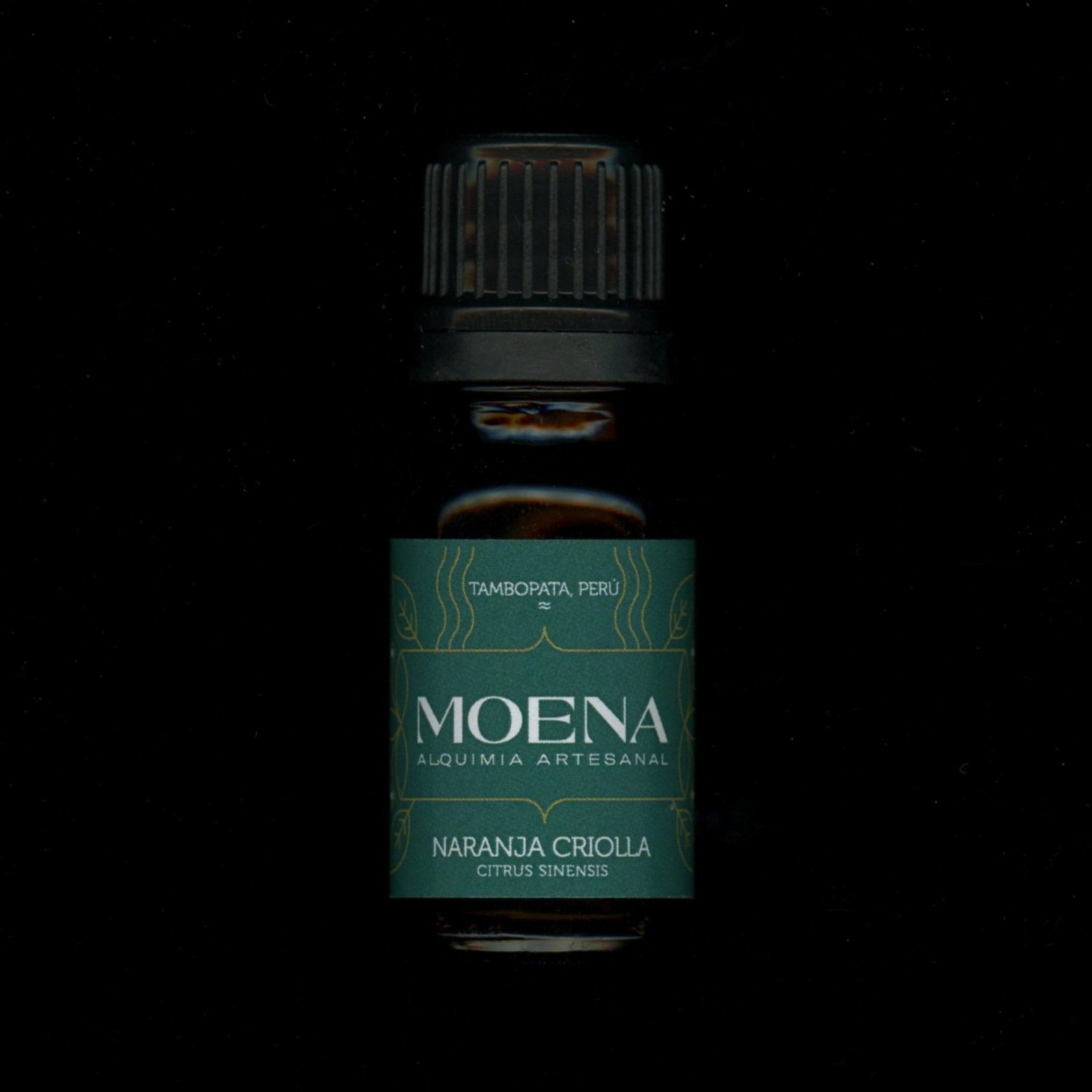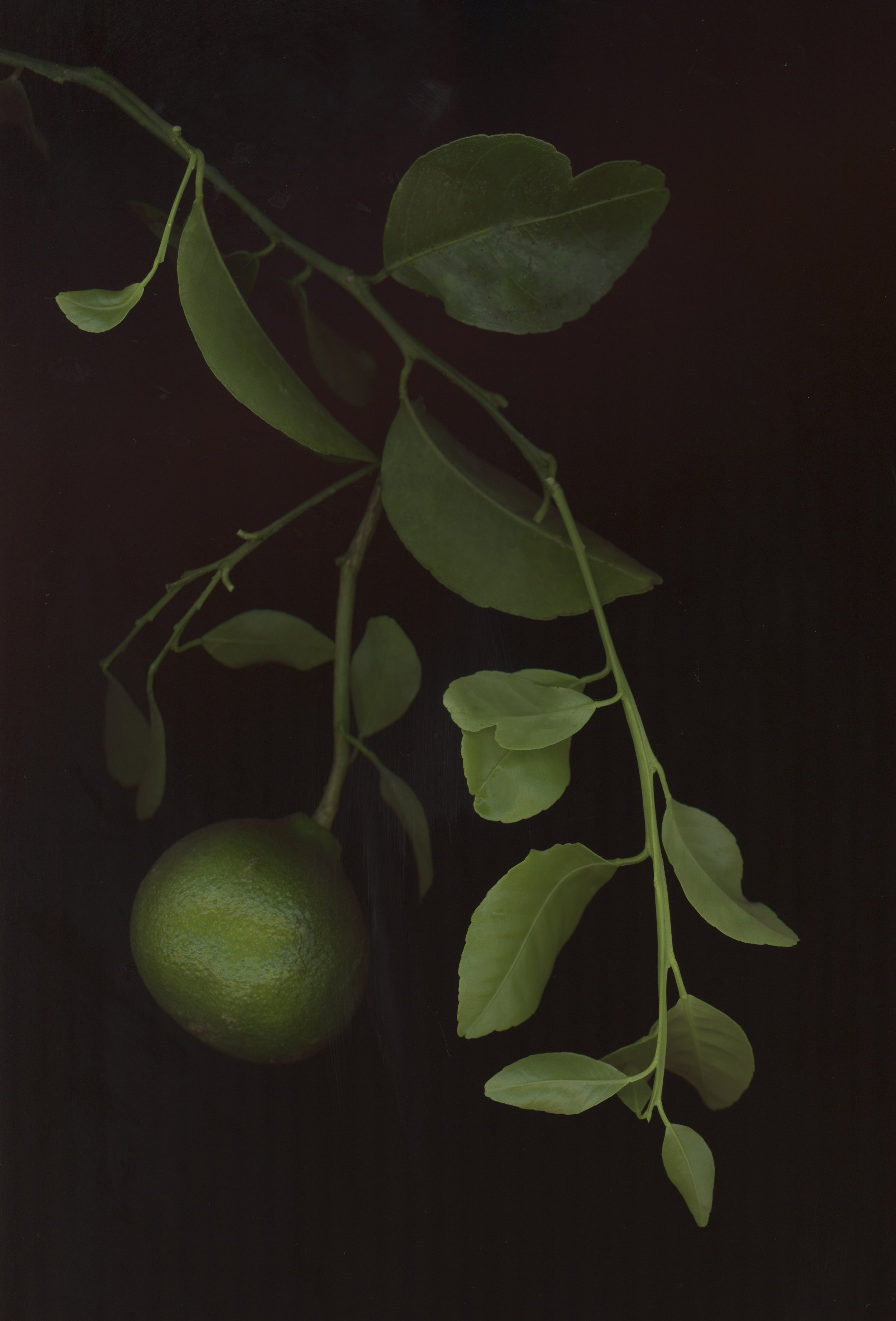Scent: A creamy, sweet, full-bodied peppermint.
Botanical Name: Mentha piperita
Origin: Calca, Peru
Method of Extraction: Steam distillation
Benefits and Properties: Peppermint is one of the most popular herbs for digestive teas. Its essential oil is cooling and activating, and used in applications including massage oils, toothpaste, and to help clear congested noses and chests via inhalations.
Digestive Health Support: Peppermint is renowned for its digestive benefits and is commonly used in digestive teas. The essential oil can help alleviate discomfort and promote healthy digestion.
Cooling and Activating: Peppermint Essential Oil has a refreshing and invigorating nature. Its cooling properties provide a soothing sensation, while its activating properties can uplift and energize the mind and body.
Massage and Relaxation: When added to massage oils, Peppermint Essential Oil creates a rejuvenating experience. It helps relax tense muscles, ease discomfort, and promote a sense of overall well-being.
Oral Hygiene: The fresh and minty flavor of Peppermint Essential Oil makes it a popular choice in toothpaste and oral care products. Its natural antibacterial properties contribute to maintaining oral hygiene and providing a clean, refreshed feeling.
Respiratory Support: Peppermint Essential Oil is beneficial for respiratory health. Inhaling its aroma can help clear congested noses and chests, offering relief during times of seasonal discomfort or respiratory congestion. It promotes easy breathing and a sense of clarity.
Peppermint Essential Oil is a versatile and highly regarded oil known for its wide range of benefits. Incorporate this oil into your daily routine to experience its cooling, activating, and refreshing properties while enjoying its numerous therapeutic advantages.
How to Use:
Aromatherapy: Add a few drops of Peppermint Essential Oil to a diffuser or oil burner to enjoy its invigorating and refreshing aroma. It can help promote mental clarity, improve focus, and uplift mood.
Massage: Dilute Peppermint Essential Oil with a carrier oil like jojoba or coconut oil and use it for a soothing and revitalizing massage. The cooling effect of the oil can relieve muscle tension and discomfort.
Inhalation: Inhale the scent of Peppermint Essential Oil directly from the bottle or by adding a few drops to a tissue or cotton ball. This can help clear congested sinuses, provide relief from headaches, and improve respiratory function.
Topical Application: Dilute Peppermint Essential Oil with a carrier oil and apply it topically to the skin. It can be used to soothe minor skin irritations, alleviate itching, and provide a cooling sensation.
Oral Care: Add a drop of Peppermint Essential Oil to your toothpaste or mouthwash for a fresh and minty flavor. It can help promote oral hygiene, freshen breath, and provide a clean feeling in the mouth.
DIY Cleaning Products: Peppermint Essential Oil can be added to homemade cleaning solutions to give them a pleasant scent and enhance their antimicrobial properties. It is particularly effective in repelling insects and pests.
Culinary Uses: Peppermint Essential Oil can be used sparingly in culinary applications to add a refreshing flavor to beverages, desserts, and savory dishes. Ensure you are using a food-grade essential oil and follow recommended dilution guidelines.
Bath Soak: Add a few drops of Peppermint Essential Oil to a warm bath for a rejuvenating and invigorating experience. It can help relieve muscle tension, uplift mood, and provide a refreshing sensation.
Remember to always dilute Peppermint Essential Oil properly before topical application and perform a patch test to check for any potential sensitivities or allergies.
About the Plant: Peppermint (Mentha piperita) is a delightful and aromatic herb belonging to the Lamiaceae family, also known as the mint family. This sprawling herb boasts vibrant green leaves and beautiful purple flowers that add a touch of charm to any garden. Our exceptional peppermint varietal thrives in the high Andes, where it has been cultivated for nearly five centuries, resulting in a plant with a rich and storied lineage. The unique terroir of the high sierra region imparts distinct qualities to our peppermint, enhancing its flavor and aroma.
Native Range: The native range of peppermint (Mentha piperita) extends across Europe, including regions such as England, France, and Italy. It is believed to have originated from the wild mint species Mentha aquatica and Mentha spicata. Peppermint has been naturalized in various parts of the world and is now widely cultivated in many countries, including the United States. However, its natural habitat and original distribution are primarily associated with the European continent.
Cultivation: Harvesting of peppermint typically occurs when the plant is in its flowering stage. This is the period when the oil concentration in the leaves is at its peak. The harvesting process involves cutting the aerial parts of the plant, including the stems and leaves. Special care is taken to avoid damaging the roots to allow for regrowth in subsequent seasons.
Once harvested, the plant material is typically subjected to steam distillation to extract the essential oil. Steam distillation involves passing steam through the plant material, which releases the volatile compounds present in the leaves. The steam carrying the essential oil is then condensed, resulting in the separation of the oil from the water.
After the distillation process, the peppermint essential oil is typically filtered and stored in dark, airtight containers to protect it from light and oxidation, which can degrade its quality. The oil is then ready to be used in various applications, including aromatherapy, skincare, and culinary uses.
The cultivation and harvesting of peppermint for essential oil production require careful attention to ensure optimal growing conditions and proper harvesting techniques. This helps maintain the quality and potency of the extracted essential oil, allowing it to retain its characteristic aroma and beneficial properties.
Conservation Status: Mentha piperita, commonly known as peppermint, is not considered an endangered or threatened plant species. Peppermint is a widely cultivated herb and has been naturalized in various regions around the world. It is commercially grown for its aromatic leaves and essential oil, which are used in numerous industries.
As a cultivated plant, peppermint populations are actively managed through agricultural practices. The widespread cultivation of peppermint helps meet the demand for its essential oil and reduces reliance on wild populations. While specific native mint species may face conservation concerns in certain regions, peppermint itself is not listed as endangered or threatened on a global scale.
It is important to note that the conservation status of wild mint species may vary depending on their specific geographic range and habitat conditions. Efforts to protect and conserve native mint species are crucial to maintaining biodiversity and supporting their natural populations.











